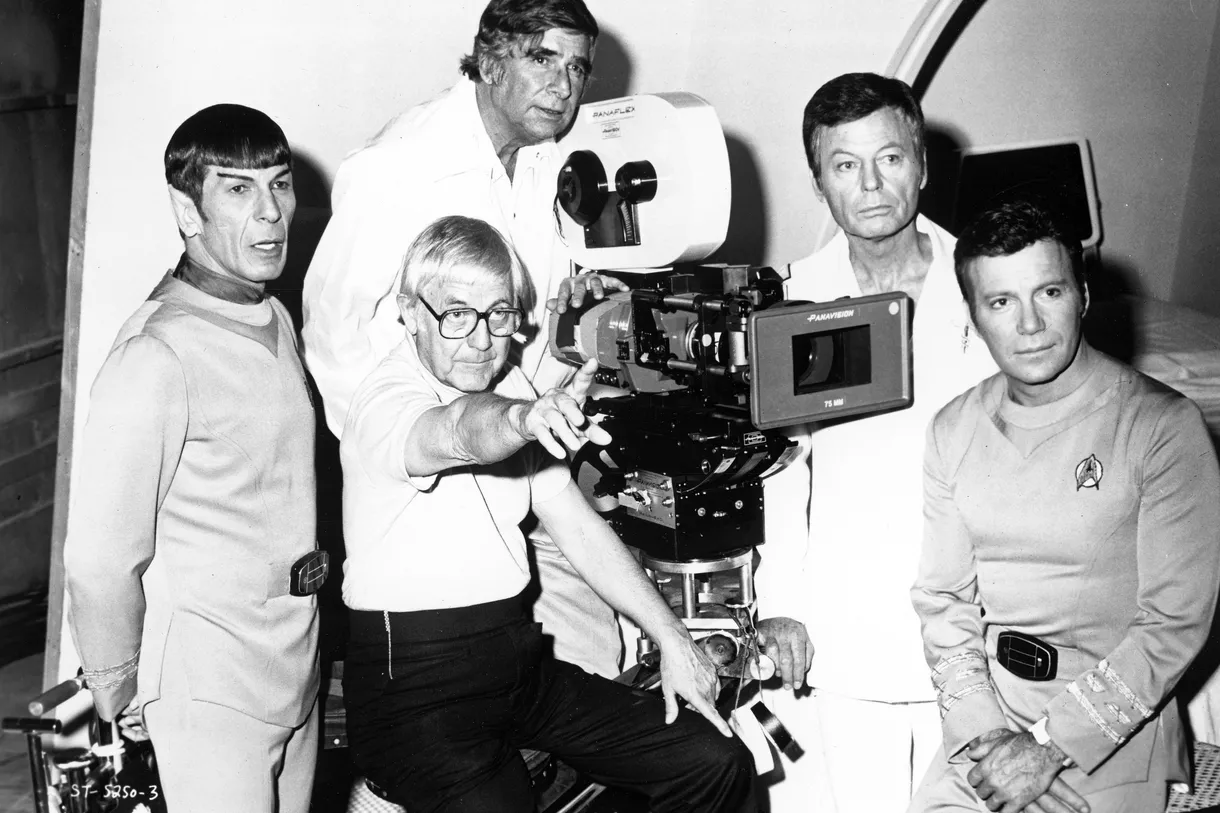Its creators call it the first living ‘eco-NFT’

Star Trek creator Gene Roddenberry’s signature on the show’s first contract with Lucille Ball’s Desilu Productions is now an NFT. Roddenberry Entertainment is calling it the first “Living Eco-NFT,” which seems straight out of science fiction itself.
The NFT’s creators implanted the signature, signed in 1965, into a living bacteria cell in the form of DNA code. As the cell duplicates, it creates new copies of the NFT — over a billion in one night.
Even though there could quickly be billions of replicas, the NFT is called “El Primero,” which means “the first” in Spanish. Right now, though, the bacteria cells are dormant. Scientists working on the project freeze-dried the cells after 10 hours. They can be re-animated in the future, and then the zombie-bacteria can begin replicating themselves once again. In the meantime, the desiccated bacteria will be exhibited at the Art Basel Miami Beach art fair that kicks off on December 2nd. They fit inside a vial that’s encased in a glass cube.
DNA is nature’s way of storing data. But instead of encoding that data as zeros and ones as computers do, the basic building blocks for DNA are the nucleotides adenine, thymine, cytosine, and guanine — A, T, C, and G for short. Different combinations of those nucleotides are essentially genetic instructions for characteristics like hair and eye color. That code can also be used to store digital information — like say, an NFT.
There are significant climate controversies swirling around NFTs and digital data more broadly. Data centers, where digital data is stored on hard disk drives, are notorious for guzzling up water and burning through electricity to keep servers cool. And NFTs tied to blockchains like Ethereum operate on an outstandingly energy inefficient security mechanism called “Proof of Work.” This method prompts miners to solve complex puzzles using energy-hungry machines to verify transactions and earn tokens, protecting the blockchain’s record of transactions by making it too expensive to mess with the ledger.
El Primero manages to avoid some of the climate drama of traditional data storage and NFTs. For starters, early research has shown that synthetic DNA can potentially save energy and avoid greenhouse gas emissions compared with current commercial data storage by storing way more data in a much smaller, denser package.
Second, the NFT won’t be bought and sold on the most energy-hungry blockchains. Roddenberry Entertainment partnered with Solana Labs, whose blockchain operates on a mechanism called “Proof of Stake” that uses significantly less energy in comparison to the blockchain Ethereum of which most other NFTS are part. Proof of Stake nixes puzzles, instead requiring users to lock up some of their existing tokens as a security measure to “prove” they have a “stake” in keeping the ledger accurate. Getting rid of those puzzles drastically cuts energy usage and associated emissions.
A single transaction on Ethereum uses about as much electricity as the average US household over 6.81 days, by one estimate. Solana says a single transaction is equivalent to about two Google Searches. Minting one NFT on Solana uses about the same amount of energy as about eight Google searches, according to Solana head of communications Austin Federa.
Trevor Roth, COO of Roddenberry Entertainment, said in a statement that like Star Trek itself, the new NFT “speaks to the world around us, acknowledging today’s constant convergence of life and technology.” For a franchise that’s been imagining bizarre new uses of genetic engineering technology for more than thirty years, it feels appropriate.
TheVerge